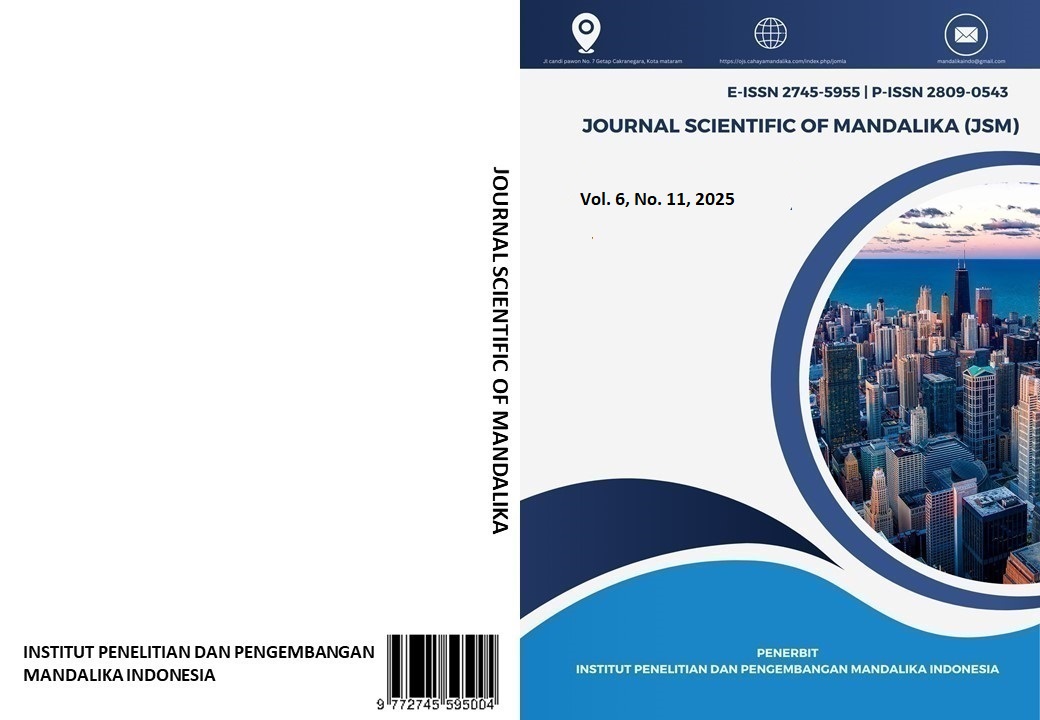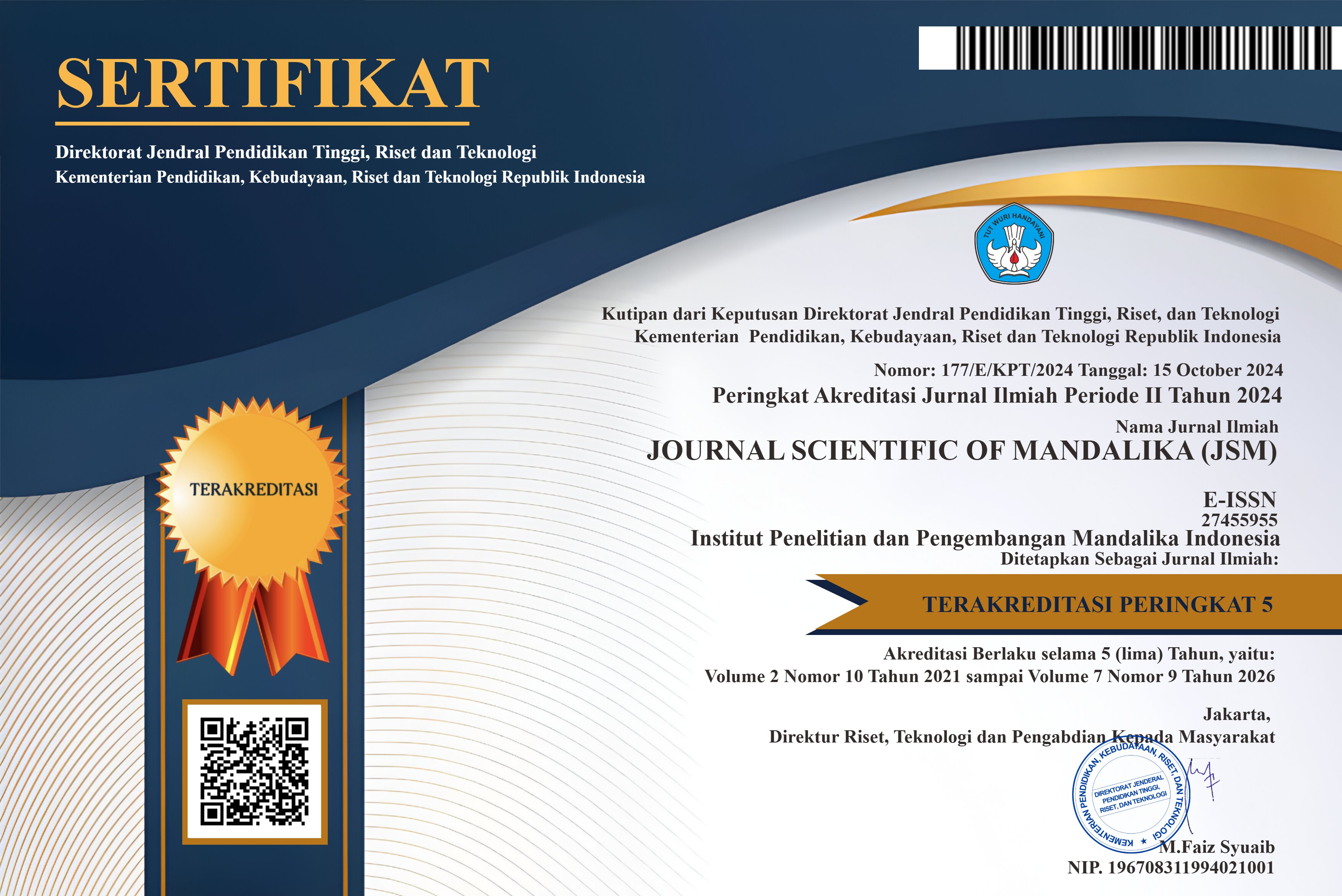Students’ Intrinsic and Extrinsic Motivation in Learning the English Language
Abstract
New starts require new motivation. Students also need motivation to learn the English language. Several studies have shown that motivation is crucial in learning English and depends mostly on extrinsic motivation rather than intrinsic motivation.The purpose of the study was to describe the students’ intrinsic and extrinsic motivation in learning the English language at Instituto São João de Brito (ISJB), Kasait, Timor-Leste. The study aimed to answer the main problems: 1) What kind of motivation do the students use to learn English? 2) How motivated are the students to learn the English Language?.The researchers applied a mixed-method approach. The data were collected from 33 respondents using a questionnaire and interview. The data gained were interpreted and analyzed descriptively. The quantitative findings show that the student’s intrinsic motivation was higher than extrinsic motivation as rated with a mean of 4.22 out of 5. The extrinsic motivation was rated with a mean of 3.79, which is high. The qualitative findings revealed that the students took the English language as more than just an instrument for achieving academic goals. It was seen as an exciting language to learn.This study recognizes the importance of motivation to learn English and ultimately intrinsic motivation. It prompts future researchers to conduct similar research in various learning contexts to generate more findings
References
Abdelrahim, I., & Humaida, I. (2012). Research on: Motivation to Learn English among College Students in Sudan. 5(8). https://doi.org/10.5539/elt.v5n8p49
Adara, R. A., Nuryadi, N., & Nasution, R. A. (2019). Investigating the Difference in Demotivation Factors: A Case Study of Two Groups of Indonesian EFL Learners. Journal of English Language Studies, 4(2), 212. https://doi.org/10.30870/jels.v4i2.6228
Alshehri, E., & Etherington, S. (2017). Motivational Strategies: The Perceptions of EFL Teachers and Students in the Saudi Higher Education Context. International Journal of English Language Education, 5(2), 46. https://doi.org/10.5296/ijele.v5i2.11727
Alothman, A. O. A. (2022). Attitudes and Motivation for Learning the English Language among Iraqi Undergraduate EFL Students. Eastern Journal of Languages, Linguistics, and Literatures, 3(4), 10-23.
Astriningsih, N., & Mbato, C. L. (2019). Motivation to learn English: Why Indonesian adult learners join a community of interest. Anima Indonesian Psychological Journal, 34(2).
Aulia, R. M., & Zainil, Y. (2020). An analysis of students’ reading motivation in English subject at junior high school. Journal of English Language Teaching, 9(1), 358-367. http://ejournal.unp.ac.id/index.php/jelt/article/view/108288
Burguillo, J. C. (2010). Using game theory and competition-based learning to stimulate student motivation and performance. Computers & Education, 55, 566–575. https://doi.org/10.1016/j.compedu.2010.02.018.
Cini, F., Kruger, S., & Ellis, S. (2013). A model of intrinsic and extrinsic motivations on subjective well-being: The experience of overnight visitors to a national park. Applied Research in Quality of Life, 8, 45-61.
Damayanti, F. P., & Rachmawati, D. (2022). English Language Learning Motivation Of Thai Students Of Lantaratprachautit School. Eltin Journal: Journal of English Language Teaching in Indonesia, 10(1), 80-87.
Deci, E. L., & Ryan, R. M. (2008). Self-determination theory: A macro theory on human motivation, development, and health. Canadian Psychology, 49, 182–185.
Dörnyei, Z. (1998). Motivation in second and foreign language learning. Language Teaching 31, 117-135.
Em, S., Yun, M., Dorn, B., Sao, V., & Sin, P. (2022). survey at a private high school in Phnom Penh Cambodian s students’ motivation in learning the English language : A small-scale survey at a private high school in Phnom Penh. August.
Erniyati, Y., & Putra, P. H. (2022). EFL students’ motivation for learning English: What can we learn from them? JOALL (Journal of Applied Linguistics and Literature), 7(1), 215–231. https://doi.org/10.33369/joall.v7i1.19867
Fandiño, F. G. E., Muñoz, L. D., & Velandia, A. J. S. (2019). Motivation and E-Learning English as a foreign language: A qualitative study. Heliyon, 5(9), e02394.
Fisher, M. J., & Marshall, A. P. (2009). Understanding descriptive statistics. Australian Critical Care, 22(2), 93–97. https://doi.org/10.1016/j.aucc.2008.11.003
Gardner, R. C. (1985). Social psychology and second language learning: The role of attitudes and motivation. London: Edward Arnold.
Haisley, P., Grandorff, C., Agbonlahor, O., Mendez, S., & Hansen, M. (2021). Why study abroad: Differences in motivation between US and international students. Journal of Global Education and Research, 5(2), 185–201. https://doi.org/10.5038/2577-509x.5.2.1146
Han, T., Takkaç-Tulgar, A., & Aybirdi, N. (2019). Factors Causing Demotivation in EFL Learning Process and the Strategies Used by Turkish EFL Learners to Overcome their Demotivation. Advances in Language and Literary Studies, 10(2), 56. https://doi.org/10.7575/aiac.alls.v.10n.2p.56
Harmer, J (2001). The Practice of English Language Teaching.Third edition. Longman Pearson Education Limited.
Harmer.(2007). The practice of English language teaching (4th ed). UK: Ashford color press.
Jefiza, A. (2017). Students’motivation and attitudes toward learning english in an english course. Vision, 12(12).
Kim, S., & Kim, H. C. (2021). The benefits of youtube in learning English as a second language: A qualitative investigation of Korean freshman students’ experiences and perspectives in the U.S. Sustainability (Switzerland), 13(13). https://doi.org/10.3390/su13137365
Kratz, F., & Netz, N. (2016). Which mechanisms explain monetary returns to international student mobility? Studies in Higher Education, 43(2), 375-400.
Legault, L. (2017). Encyclopedia of Personality and Individual Differences. Intrinsic and Extrinsic Motivation, October, 4. https://doi.org/10.1007/978-3-319-28099-8
Liu, I. F. (2020). The impact of extrinsic motivation, intrinsic motivation, and social self-efficacy on English competition participation intentions of pre-college learners: Differences between high school and vocational students in Taiwan. Learning and Motivation, 72(February), 101675. https://doi.org/10.1016/j.lmot.2020.101675
Liu, Y., & Hou, S. (2018). The potential reciprocal relationship between motivation and achievement: A longitudinal study. School Psychology International, 39(1), 38-55.
Mbato, C.L. (2013). Facilitating EFL learners’ self-regulation in reading: Implementing a metacognitive approach in an Indonesian higher education context. Lismore, NSW: Southern Cross University ePublications@SCU.
Mbato, C.L., & Kharismawan, P.Y. (2018). Acorrelationalstudy between language attitudes and English language orientation of Indonesian EFL learners. LEARN Journal, 11(1), 150-169. https://doi.org/10.1111/j.1467-1770.1994. tb01113.x
Miao Yee Clare, C., Renandya, W. A., & Qiu Rong, N. (2019). Demotivation in L2 classrooms: Teacher and Learner Factors. LEARN Journal: Language Education and Acquisition Research Network, 12(2), 64–75.
Mujiyanto, J., Nurkamto, J., & Hartono, R. (2021). The impact of online instruction integrated with Brain Based Teaching to EFL Students with Different Motivation levels. Journal of e-Learning and Knowledge Society, 17(2), 66-73.
Petzold, K. (2017). Studying abroad as a sorting criterion in the recruitment process: A field experiment among German employers. Journal of Studies in International
Qizi, G. Y. U. (2022). Available Online at : https://www.scholarzest.com intrinsic and extrinsic motivational factors in. Intrinsic and extrinsic motivational factors in foreign language learning, 3(3), 7–13.
Quinto, E. J. M. (2015). Attitude and Motivation towards a Working Language: Case of East Timorese Students in the Philippines. 3L, Language, Linguistics, Literature, 21(1).
Ruesch, A., Bown, J., & Dewey, D. P. (2012). Student and teacher perceptions of motivational strategies in the foreign language classroom. Innovation in Language Learning and Teaching, 6(1), 15-27.
Ryan, R. M., & Deci, E. L. (2000). Self-Determination Theory and the Facilitation of Intrinsic Motivation, Social Development, and Well-Being. 55(1), 68–78.
Ryan, R. M., & Deci, E. L. (2020). Intrinsic and extrinsic motivation from a self-determination theory perspective: Definitions, theory, practices, and future directions. Contemporary Educational Psychology, 61(April), 101860. https://doi.org/10.1016/j.cedpsych.2020.101860
Sakai, H., & Kikuchi, K. (2009). An analysis of demotivators in the EFL classroom. The system, 37(1), 57–69. https://doi.org/10.1016/j.system.2008.09.005
Santrock, J. W. (2011). Perkembangan Anak Edisi 7 Jilid 2. (Terjemahan: Sarah Genis B). Erlangga.
Siti, F. (2017). Siti Fachraini, An Analysis of … An Analysis Of Students’ Motivation In Studying English (A Survey Study At Uin Ar-Raniry Banda Aceh) Siti Fachraini 1.
Tsai, M. N., Liao, Y. F., Chang, Y. L., & Chen, H. C. (2020). A brainstorming flipped classroom approach for improving students’ learning performance, motivation, teacher-student interaction, and creativity in a civics education class. Thinking Skills and Creativity, 38, 100747.
Ulfa, M., & Bania, A. S. (2019). EFL student’s motivation in learning English in Langsa, Aceh. Studies in English Language and Education, 6(1), 163-170.
Yulia, Y. (2013). Teaching challenges in Indonesia: Motivating students and teachers’ classroom language. Indonesian Journal of Applied Linguistics, 3(1), 1-16.
Yuzulia, I. (2012). A study on students’ motivation towards learning. ELTIN Journal, 9(1), 1–8.
Zaccone, M. C., & Pedrini, M. (2019). The effects of intrinsic and extrinsic motivation on students' learning effectiveness. Exploring the moderating role of gender. International Journal of Educational Management, 33(6), 1381–1394. https://doi.org/10.1108/IJEM-03-2019-0099
Copyright (c) 2025 Sidónio António Pires

This work is licensed under a Creative Commons Attribution-ShareAlike 4.0 International License.













